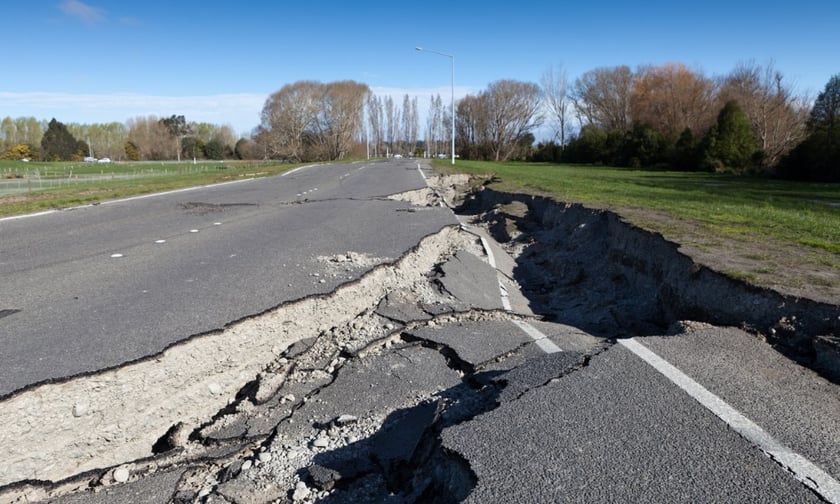

New Zealand's engineering innovations aimed at earthquake resilience were put to the test at one of the globe's foremost earthquake simulation facilities, located at Tongji University, Shanghai.
This effort, supported by Earthquake Commission Toka Tū Ake (EQC) alongside various research bodies in New Zealand, forms a crucial part of the ROBUST (RObust BUilding SysTems) initiative.
Under the guidance of Prof. Greg MacRae from the University of Canterbury, the project leverages the capabilities of the International Laboratory for Earthquake Engineering in Shanghai to conduct tests unachievable within New Zealand's borders.
“New Zealand is at the cutting edge of earthquake engineering, but we would never be able to test our solutions on a three-storey building in an earthquake laboratory back home,” said MacRae, who is the project coordinator between the Chinese and New Zealand agencies, including EQC, BRANZ, University of Auckland, University of Canterbury, Auckland University of Technology (AUT), HERA Foundation, QuakeCoRE, and the Building Innovation Partnership.
The focus of these experiments was on evaluating the performance of multi-storey buildings subjected to seismic forces, testing innovations including advanced building connections aimed at reducing damage and enhancing the seismic fortitude of structures. This involved putting these systems through conditions more severe than those experienced in the Canterbury earthquake, examining both the structural components and non-structural elements such as internal partitions and mechanical systems.
With the project set to conclude its testing phase in March, the anticipation for the resulting data and insights is high.
According to EQC head of research Dr Natalie Balfour, the ROBUST project exemplifies the power of collaborative research to pioneer solutions for more earthquake-resilient infrastructure.
“EQC is particularly interested in how this research can lead to more earthquake-resilient buildings. Some of the technology being tested through ROBUST is already in use in buildings across Aotearoa, so it's important to understand how they will behave in future earthquakes. These results will help design buildings to withstand large earthquakes and minimise damage,” she said.
